Table of contents
Chapter 1: What is a container chassis?
Chapter 2: What are the parts of container chassis?
Chapter 3: What are the different types of container chassis?
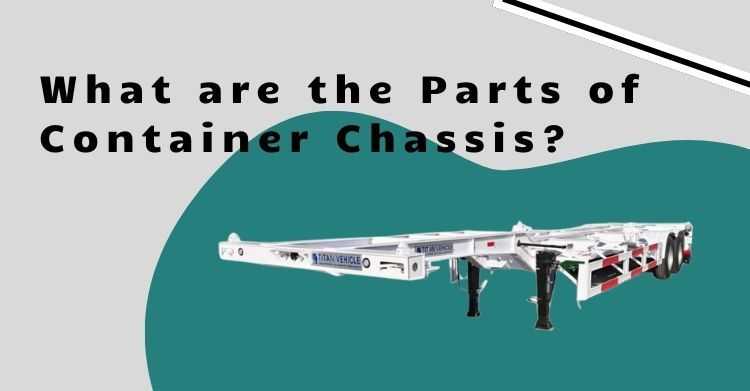
A container chassis is a vehicle that has been designed specifically for transporting standard containers. It is used to carry and support containers of various sizes and types, such as 20-foot, 40-foot, or 45-foot containers. The chassis consists of a skeletal framework with twist locks or corner castings that securely hold the containers in place during transportation.
The primary advantage of using a container chassis over other types of trucks is that it allows drivers to move containers without having to unload them first. Today’s vehicles come equipped with features such as ABS, weight sensors, LED lights, and GPS tracking. The process of moving or transporting shipping containers has never been easier. Shipping containers contribute substantially to the ease and efficiency of transportation.
Container chassis are commonly used in intermodal transportation, allowing containers to be easily moved between different modes of transportation, such as ships, trains, and trucks.
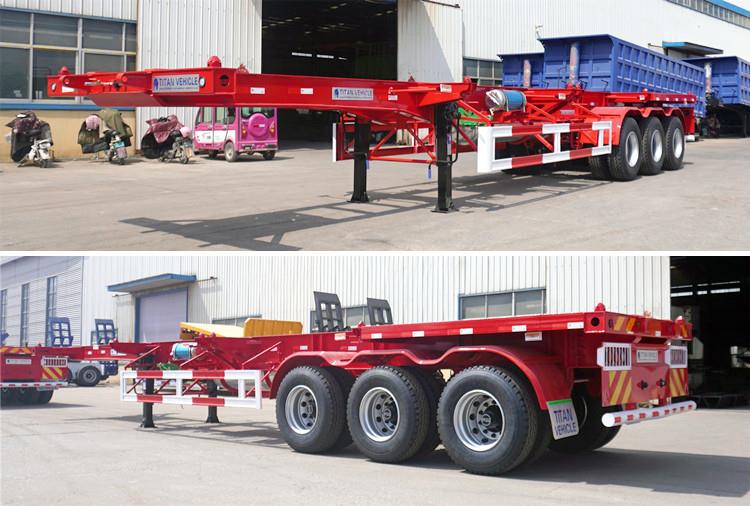
A container chassis typically comprises several key parts:
1. Main Frame: The main frame forms the structural backbone of the chassis. It consists of longitudinal beams and cross members that provide structural integrity and support the weight of the container.
2. Twist Locks: These are mechanisms located at the corners of the chassis that securely lock the corners of the container in place. Twist locks ensure that the container stays fixed to the chassis during transportation.
3. Gooseneck or Fifth Wheel: The gooseneck or fifth wheel is the front part of the chassis where the tractor or truck connects. It allows the chassis to be coupled with a towing vehicle and provides the necessary articulation for turning.
4. Landing Gear: The landing gear is a set of support legs located at the front of the chassis. It supports the chassis when it is not coupled to a truck or tractor. The landing gear can be adjusted to raise or lower the chassis for container loading and unloading.
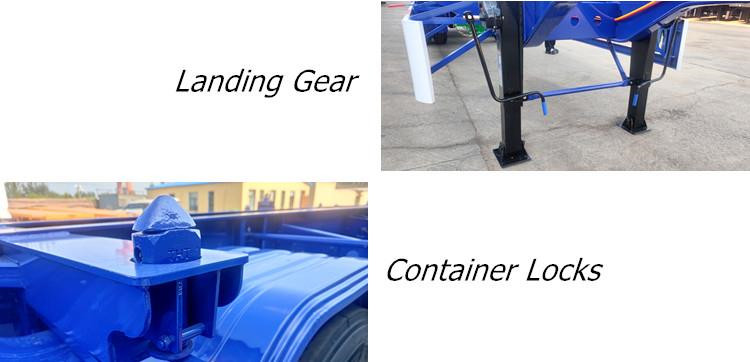
5. Suspension System: The suspension system consists of springs, shock absorbers, and axles. It helps to absorb shocks, vibrations, and impacts during transportation, ensuring a smoother ride for the container.
6. Tires and Wheels: Container chassis are equipped with multiple tires and wheels to support the weight of the container and ensure stability during transportation.
7. Lights and Reflectors: Container chassis are equipped with lights, including tail lights, brake lights, and turn signals, as well as reflectors. These lights and reflectors ensure visibility and safety on the road.
8. Braking System: The chassis is equipped with a braking system that includes brakes, brake drums, hoses, and valves. It allows the driver to control the speed and stop the chassis safely.
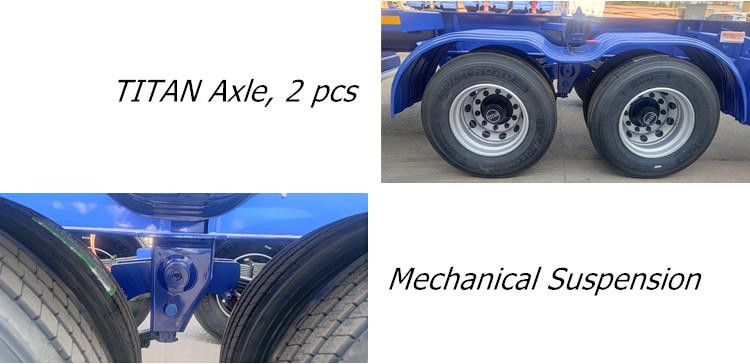
There are five types of container chassis. Each of these chassis is designed to facilitate the loading and unloading of containers. Additionally, each chassis is designed to accommodate a variety of container sizes. Take a look at the chassis below.
1. Common Container Chassis
This is the most commonly used and the most frequently ordered model by customers. The container chassis for this type of container needs no modification or sophistication.
You can transport containers measuring 20 ft, 40 ft, or 45 ft on a common chassis. It has clearly marked positions and twelve sets of container locks are installed to facilitate the fixing of containers of different sizes and ensure their safety at their destination.
2. Tilt Container Chassis
These containers were designed to make it easy for containers to be unloaded. The chassis is equipped with a device that allows the loading and unloading of an apparatus. This chassis is different from conventional chassis in the sense that it is attached to both upper and lower frames. The frame on the upper side is tilted upward using a hydraulic system.
Tilt container chassis can quickly unload cargo without the need for manual labor or special equipment, saving time and reducing costs.
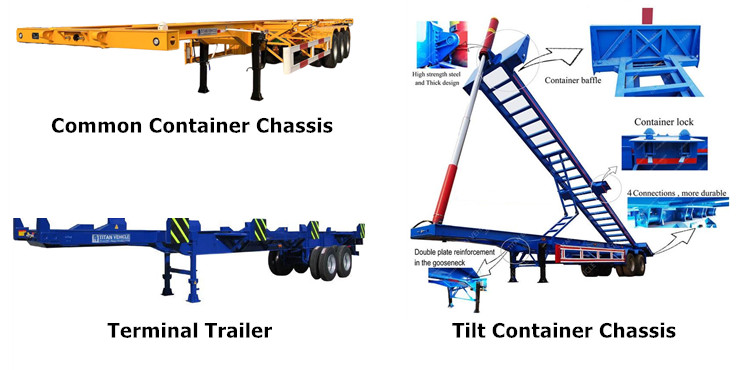
3. Extendable Container Chassis
Due to its extendable nature, this chassis type can be adapted to accommodate all container sizes. The chassis works similarly to a conventional chassis, but it can be extended from the back. Therefore, a larger container can be installed without difficulty.
4. Terminal Trailer
The terminal chassis trailer is an economically feasible and practical trailer to use. This is an invention that offers a truck chassis for loading and offloading high weight containers without much effort.
It has a simple structure. It comprises a simple truck chassis but of rugged construction.
This trailer is adjustable to meet your desired maneuverability conditions for loading and offloading. Adjustments to axle spacing can also be made based on your needs.
5. Gooseneck Container Chassis
Gooseneck container chassis is a type of trailer specifically designed to transport shipping containers. The "gooseneck" part of the name refers to the shape of the front portion of the trailer, which extends forward and attaches to a truck or tractor via a fifth wheel coupling.
The gooseneck design allows for a tighter turning radius and better stability compared to traditional container trailers. This makes it easier to maneuver in tight spaces, such as loading docks or narrow streets.